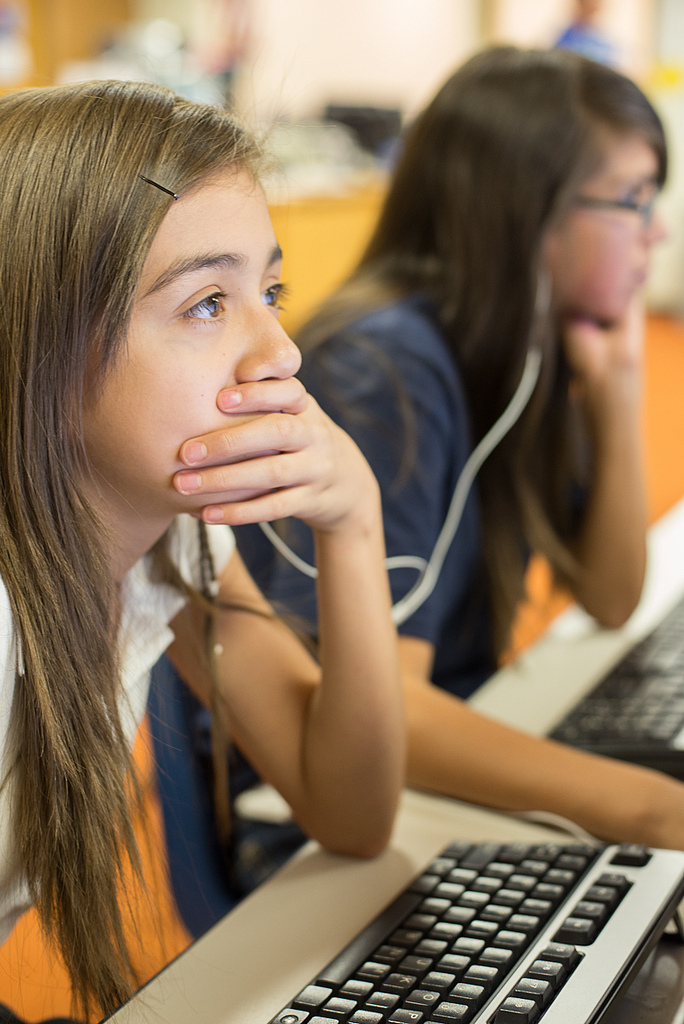By Kim Storey
 Bullying prevention expert Kim Storey, EdD, tells us what cyberbullying is and how it can be prevented.
Bullying prevention expert Kim Storey, EdD, tells us what cyberbullying is and how it can be prevented.
You would be hard-pressed to find teenagers today who do not broadcast their social activities and relationships all over Facebook, Twitter, and other social networks. Although these networks help teenagers maintain and broaden their relationships, they can also invite hurtful behavior. How worried should we be? What can we do?
In today’s world, online bullying is very much entangled with bullying offline. A 2011 Pew Research Center national survey of youth confirms that teenagers’ online bullying can lead to face-to-face confrontations, the ending of friendships, fear of going to school, physical fights, problems with parents, and trouble in school.
When young people post hurtful comments or send malicious text or images via the Internet, cellphones, or other digital devices, we may refer to this behavior as “online cruelty” or “bad digital citizenship”—or even dismiss it as “kids being kids.” But online harassment becomes cyberbullying when it's intentional, repeated, and an abuse of power—the three defining characteristics of bullying.
What makes cyberbullying different from other bullying?
Cyberbullying is invasive and pervasive. It has the potential to spread quickly to the entire school community and beyond, and it takes on a life of its own long after the school day ends.
Screen names and other virtual identities give kids a sense of anonymity, making them less inhibited in their online cruelty and less mindful of the consequences of their actions. As one high school principal explains, “Students say horrible things to each other on Facebook that they would never, ever say in person. And then students come to school upset and embarrassed. It doesn’t matter where it originated, it’s disrupting their ability to learn.”
The effects of cyberbullying can be devastating. Students who are cyberbullied may report feeling depressed, sad, angry, or frustrated. Ryan Halligan’s suicide in 2003 was one of the first widely publicized instances where the combination of online bullying, bullying at school, and deep depression resulted in suicide. Tragedies like this need to be stopped.
What can we do to prevent cyberbullying?
We’ve learned that especially in cyberbullying, the bystander is key. When teens need help with online cruelty, they turn to their friends or peers—online and off. Surprisingly, Pew’s national survey found that 80 percent of teens have defended victims of cyberbullying, and that 20 percent do so regularly.
As parents and educators, what can we do to encourage all students to play an active role in cyberbullying prevention? How can we encourage them to stop online bullying whenever they encounter it?
Here are some strategies you might try:
- Teach young people to recognize cyberbullying (What is cyberbullying? What forms does it take?)
- Explain the harmful effects of cyberbullying on the victim (feeling sad, angry, afraid, embarrassed, etc.)
- Review the consequences of engaging in online bullying (school rules, anti-bullying laws)
Once these important basics are understood, prepare them to be helpful bystanders by communicating these key points:
- Don't participate in the cyberbullying
- Don't forward hurtful messages or postings
- Intervene by showing support for the victim or by telling those contributing to the situation to stop
- Ask an adult for advice about how to deal with the situation
- Report instances of cyberbullying to an adult, the social media site, or to your service provider; if you’re concerned about safety, contact the school authorities or your local police.
In the same way that bullying is easier to do in cyberspace, defending the victim may be easier to do online than in-person. One bystander’s positive response often nudges others to join in. Most of all, kids need to know that they have the power to stop cyberbullying.
Your Turn
How can we empower kids to become helpful cyber-bystanders? Please share your experiences, thoughts, and strategies by adding your comments below.
Add new comment